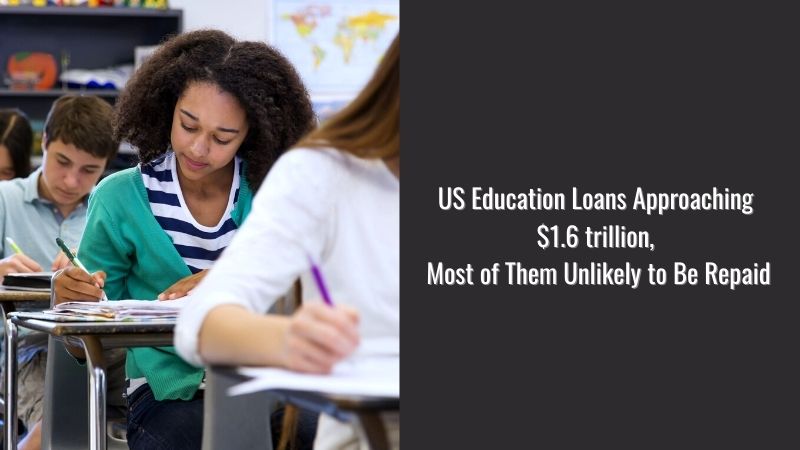
The average cost of a 4-year study at an American college in 2020 was $104,480, that is, twice as much as, for example, in 1989 ($52,892). Each year, the cost of education increased by 2.6%, while salaries grew by only 0.3%. However, 6 out of 10 Americans believe that such a high cost is justified: in the United States, higher education earns on average 75% more money in a lifetime than just a high school diploma. The quality of American higher education is recognized all over the world: in the top ten of almost any world university ranking, American universities occupy half of the places. It is not surprising that in 2020 7 out of 10 students studied with borrowed money.
Who takes out education loans?
Most often, loans for education are taken by people from wealthy families (income more than $97 thousand per year) – they account for 34% of the total debt for education. Least of all – 11% of the total debt – are loans to people from poor African American families with an income of less than $27 thousand per year. Almost two-thirds of the total – $900 billion – are owed by women: on average, each of them owes $2,700 more for education than a man.
Interest rates for government loans for education are quite high: from 5 to 7.5%, (for comparison: lending rates for loans for real estate are only 4.3%). At the same time, it is almost impossible to declare bankruptcy and stop paying off an education loan in the United States – although bankruptcy can allow you to stop paying debts for a car or housing.
Since banks rarely approve education loans to African Americans with a low income, most of them have the only available option to fund their kid’s college – payday loans.
Payday loans for students
It can be difficult to get a bank loan for education with bad credit (610 or less). In this case, your only option will be payday loans.
These loans are in general short-term in nature ranging from a few days to four weeks. They are due on your next payday. Payday loans do not require any hard credit inquiry which means African Americans have high chances to get accepted. The application process is fast and easy and you can have the needed money within 24 hours. Loans in CT are even available with instant funding.
Online loans are often referred to as “guaranteed loan approval no credit check”, this suggests that you will almost 100% be guaranteed a loan.
Borrowers are asked to specify their income level only in the application. No faxing is required and therefore there is no need to send in paystubs or other evidence to verify your employment status.
State education programs
There is a series of government programs that, in theory, should facilitate payments on student loans, but in practice, they often do not work. For example, according to the 2007 program launched by Bush Jr., part of the debt for education can be written off if a person works in the public service. During its existence, applications have been submitted by 30 thousand people, but only 96 of them were satisfied.
Alarming facts about US student loan debt
At the moment, about 10% of loans (or 4.7 million people) are in default: this means that every tenth borrower has not made payments on the loan for more than 9 months. In this case, the loan is transferred to third parties – collectors, and the credit rating is lowered to the insolvent borrower. A low credit rating deprives a person of state support programs and the opportunity to take out a loan for housing. The interest rate on other existing loans is raised for such borrowers, and in some cases, they may lose their jobs.
Only 58% of American students complete a 4-year program of study within six years of admission, and a third never complete their studies at all. Almost half of the students are forced to pay for additional years of study, again borrowing money from the state. And those who drop out of college altogether find themselves in the most unenviable position: they still have to pay off the loan for their education, but they will not see the financial advantages of a higher education diploma. And there are many such people: in 2020 alone, 3.9 million students with a total debt of $28 billion dropped out of college. The probability of default on a loan for incomplete education doubles.
According to experts, the situation will continue to deteriorate at an incredible rate: by 2022, the amount of debt will increase to $2 trillion, while about 40% of loans will be in default. Such a prospect has led some economists to talk about a credit financial bubble like the one that burst in 2008: back then, the problem was mortgage fraud – and now it’s notoriously failed education loans. The similarities are added by a series of lawsuits against financial companies acting as intermediaries between the state and citizens: they are accused of using misinformation and aggressive marketing to lure deliberately insolvent clients into debt obligations.